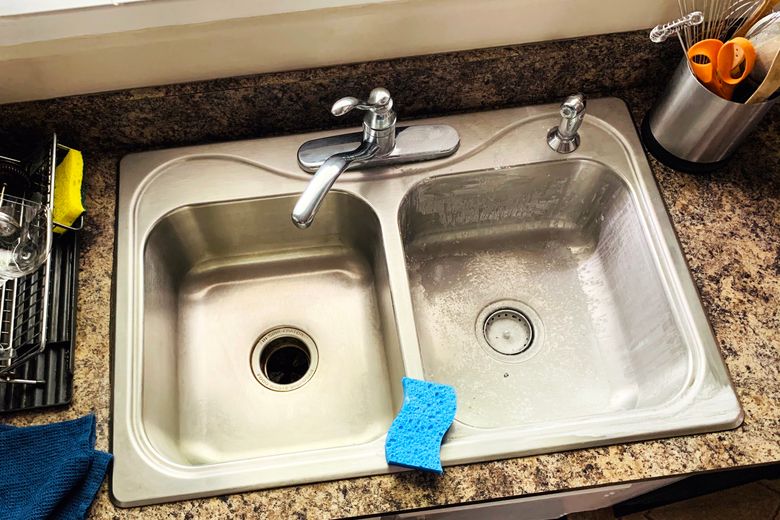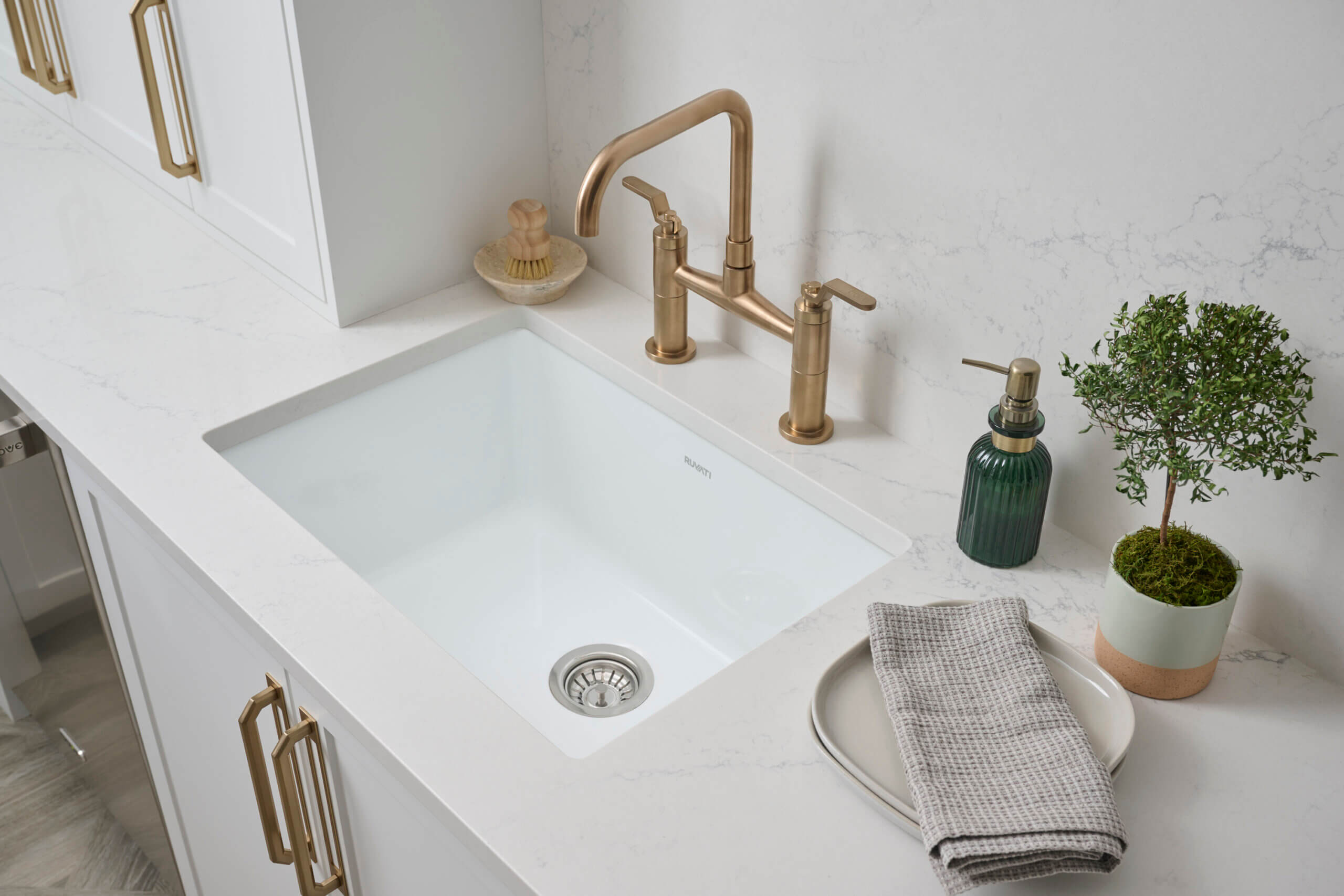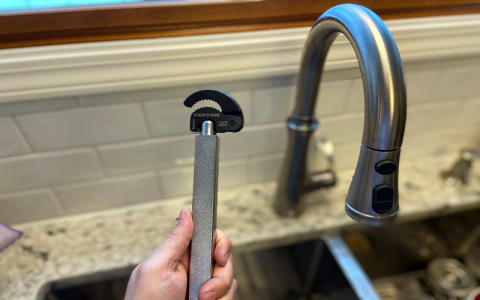Alright, let me tell you about putting in this two-faucet kitchen sink. The old single-faucet setup just wasn’t cutting it anymore, especially when two people were trying to do things around the sink at the same time. Seemed like a good upgrade, so I decided to tackle it myself.
Getting Ready
First thing, I had to get the new sink. Found a nice big double-basin one that could actually accommodate two faucets without looking silly. Then picked out two matching faucets – nothing too fancy, just solid ones. Gathered up the tools I figured I’d need:

- Wrenches (basin wrench is a lifesaver here, trust me)
- Pliers
- Screwdrivers
- Plumber’s putty or silicone sealant
- Teflon tape
- Bucket and some old towels (essential!)
- Utility knife
Then came the glamorous part: emptying out everything from under the sink. It’s amazing the junk that collects down there. Gave it a quick wipe-down too, just so I wasn’t working in too much grime.
Out with the Old
Okay, action time. Shut off the water supply! Found the valves under the sink – turned ’em clockwise till they stopped. Turned on the old faucet to drain any water left in the lines. Put the bucket underneath and disconnected the supply lines from the faucet and the shutoff valves. Then tackled the drain pipes. Unscrewed the slip nuts for the P-trap and drain lines. Some water definitely spilled, hence the bucket and towels.
The old sink was held in by clips underneath. Had to loosen those, sometimes needing a screwdriver or wrench. Once the clips were off, I carefully ran a utility knife around the edge where it met the counter to break the old sealant’s grip. Then, just lifted the old sink out. Took a bit of wiggling.
Prepping and Placing the New Sink
With the old sink gone, I cleaned up the countertop edge properly. Scraped off all the old putty and gunk. Made sure the opening was ready.
Before dropping the new sink in, I installed the faucets onto the sink deck itself. It’s way easier to do this now than leaning into the cabinet later. Just followed the instructions that came with the faucets – usually involves putting them through the holes and tightening nuts from underneath.
Next, I applied a bead of silicone sealant around the underside lip of the new sink. Carefully lowered the sink into the countertop opening, making sure it was centered. Then, from underneath, I installed the mounting clips that came with the new sink and tightened them up to pull the sink down snug against the counter. Wiped away any excess sealant that squeezed out.
Hooking Everything Up
This was the main event – connecting two sets of plumbing. Started with the water supply. Connected new flexible supply lines to the bottom of both faucets. Wrapped the threads on the shutoff valves with Teflon tape first, then connected the other end of the supply lines to the hot and cold valves. Made sure hot went to hot and cold to cold for both faucets.

Then, the drains. Since it was a double basin sink, I had to connect the drains from both bowls. Installed the strainers in each sink drain hole first, using plumber’s putty under the lip. Underneath, I connected the tailpieces to the strainers, then put together the P-trap assembly and connected it all to the main drain outlet in the wall. This part sometimes feels like playing with LEGOs, just bigger and potentially leakier.
The Moment of Truth: Testing
Alright, time to see if I messed up. Turned the water supply valves back on slowly. Checked every single connection point for drips – where the supply lines met the valves, where they met both faucets, all the drain pipe connections. Used a dry paper towel to wipe joints; it makes tiny leaks easier to spot.
Then I turned on each faucet, one at a time. Tested hot and cold on the first faucet. Checked for leaks again. Did the same for the second faucet. Filled up both sink basins partway and let them drain, watching the drainpipes underneath like a hawk. Tightened a couple of nuts just a little bit more where I saw a tiny weep.
All Done
And that was pretty much it. Took a good chunk of the afternoon, and my back was complaining a bit from leaning into the cabinet, but seeing those two faucets sitting there, working perfectly with no leaks – pretty satisfying. It’s definitely made the kitchen more functional. Having two water sources is surprisingly handy. Job done.













